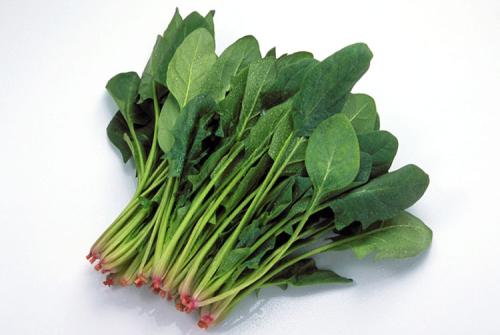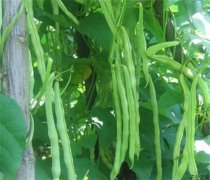Spinach cultivation: spinach cultivation process, spinach cultivation density
Spinach is easier to be cultivated than rape in pesticide-free cultivation. Spinach cultivated in the field in winter can be said to have a very special taste.
Variety and sowing period
The varieties of spinach have Western species with round leaves, in addition, there are many engraved species on their leaves, and there are mating species of these two kinds, and so on. Because of the differences in varieties, fertilizer and soil should be taken into account, so in the family garden, it is best to give priority to those that are easy to grow. Generally speaking, Western species are easier to grow, and understand the cultivation habits, planting period, disease tolerance and other relevant conditions, and then plant.

The sowing period is from late September to mid-October, and the harvest is expected before March of the next year, so you can try to plant more.
Use more lime.
The suitable range of spinach in soil PH value was 6.67.0,6. 6-7. 0. Although it depends on the soil, it is still better to use about 200g-250g 1m2. If the PH value of the soil has been gradually adjusted, the use of lime can be gradually reduced.
In addition, spinach is very important in its early growth, so it is necessary to apply more fertilizer in green vegetables.
Seeds must be watered frequently.
Spinach seeds should be watered the night before cultivation, and must be well washed the next day, then drained into the field, and before sowing, open and dry in the shade in advance, so that it is easy to sow. In addition, in the first ten days of September, when the temperature is quite high, the seeds to be sown are sandwiched in 2 or 3 newspapers, and water is given in advance in the cool place of 2 or 3 days, and can be cultivated when the white roots emerge.
Intermediate pullout
An interval of 1-1.5 cm per plant is enough, but even if mixed together, it can develop well. When this leaf appears, pull out the dense place for the first time, and then pull it out for the second time in 10 days.
- Prev

Bean cultivation management: the cultivation and management of kidney bean, what kind of plant is kidney bean?
Techniques for cultivation and management of organic kidney beans (1) implementation of environmental selection and related measures; implementation of soil diagnosis and analysis of soil improvement; no pollution of soil, air and water sources; (2) Weed control methods: artificial or mechanical ploughing and weeding without the use of chemistry
- Next

Introduction to cauliflower: what are the varieties of cauliflower, the efficacy and function of broccoli
Blue and white moss is a perennial perennial herb of Brassica in Cruciferae. Because the edible part is mainly composed of dense buds, it is called blue and white moss. Native to the coastal areas of Western Europe, it is a variety of wild cabbage. Its cultivation history is earlier than that of cauliflower.
Related
- A one-day flower show brings 130 million yuan in orders! Nanhai, this Phalaenopsis exhibition is amazing
- What do the flower language and meaning of Lutheran tree mean? Precautions for planting Lutheran tree
- Encounter Chaoshan Kongfu tea, not without this cup of Phoenix single clump
- The durian market in Vietnam and Thailand is flooded. The price of imported durian has plummeted by 30-40% in a month.
- Shanghai solved the problem of local vegetable supply by planting 80,000 mu of green leafy vegetables.
- Wageningen University has become the best agricultural university in the world for the seventh time in a row.
- The strongest export season of South African grapes is full of challenges, with exports to Russia falling sharply by 21%.
- Sri Lanka is on the verge of bankruptcy, "Tea for debt" Organic Agriculture Revolution aggravates the Food crisis?
- Turning waste into earthworm manure and worm manure into organic fertilizer-A new choice for auxiliary farming
- Organic rice growers shoulder the responsibility of nurturing agricultural talents! Yinchuan Sustainable Farm with Organic Life Camp

